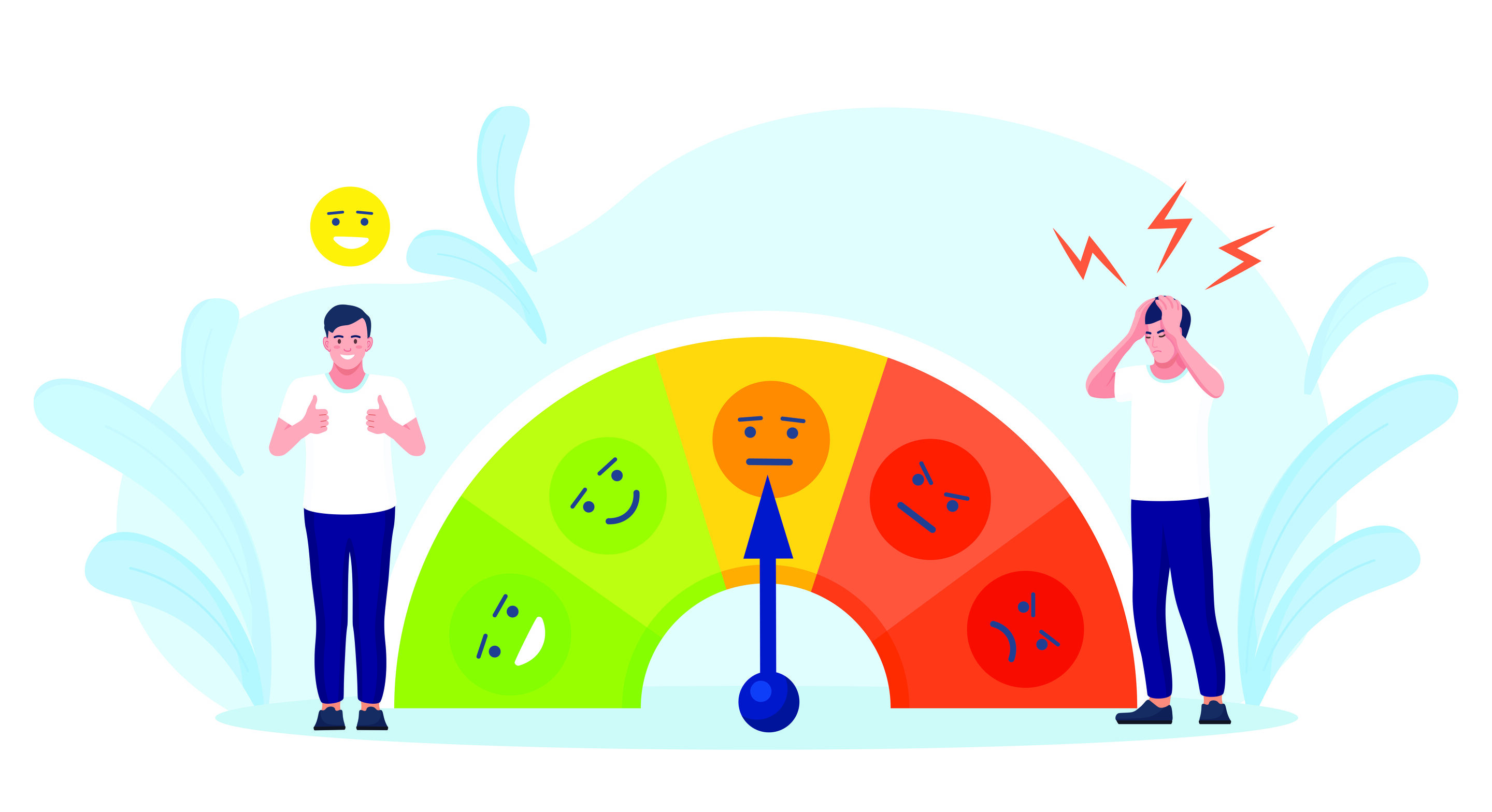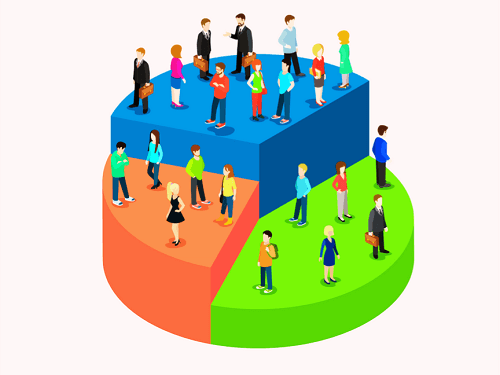Welcome back to our Machine Learning journey! In this part of the series, we'll explore semi-supervised learning. Just as a detective pieces together clues to solve a mystery, semi-supervised learning harnesses the power of labeled and unlabeled data to make sense of complex problems. Let's embark on this investigative journey together!
What is Semi-Supervised learning?
Semi-supervised learning is like solving a jigsaw puzzle with missing pieces. It's a middle ground between supervised (fully labeled) and unsupervised (completely unlabeled) learning. In this approach, we have some labeled data and a much larger pool of unlabeled data. The goal is to use both to build a robust model.
Imagine you're teaching a computer to classify emails as spam or not spam. You have a small set of labeled emails, but a vast collection of unlabeled ones. Semi-supervised learning is like having some labeled examples (spam and non-spam) and using the patterns you discover in them to classify the rest of the emails.
Approaches in Semi-Supervised Learning
Semi-supervised learning is a diverse field that can be categorized into two main approaches: inductive and transductive. These approaches address the problem of learning from a combination of labeled and unlabeled data, but they do so differently.
Inductive Learning
In inductive semi-supervised learning, the goal is to learn a model that can generalize well to unseen data points. The model is trained on both labeled and unlabeled data, to improve its overall performance.
Inductive Semi-Supervised Techniques:
Self-Training
Self-training is a simple yet effective technique where the model iteratively labels unlabeled data with high-confidence predictions and adds them to the labeled dataset.
How it Works: Initially, the model is trained on the labeled data. It then makes predictions on the unlabeled data, selects high-confidence predictions, adds them to the labeled data, and repeats this process.
When to Use: Self-training works well when the model's predictions on unlabeled data are reasonably accurate.
Example: Classifying news articles as relevant or irrelevant.

Co-Training
Co-training extends self-training to scenarios with multiple views or features. It trains two or more models independently, each using a different subset of features, and shares their knowledge to label unlabeled data.
How it Works: Co-training partitions the features and trains multiple models, each on a different subset of features. Models exchange their predictions on unlabeled data and select high-confidence labels for the combined labeled dataset.
When to Use: Co-training is useful when data can be split into meaningful subsets, and each subset provides complementary information.
Example: Sentiment analysis of product reviews using both text and user ratings.

Label Propagation
Label propagation leverages the similarity between data points to propagate labels from labeled to unlabeled data based on their proximity in feature space.
How it Works: The method constructs a graph where nodes represent data points and edges represent similarity. It then spreads labels from labeled nodes to unlabeled nodes, considering the labels of neighboring nodes.
When to Use: Label propagation is suitable when data points close in feature space are likely to have similar labels.
Example: Classifying images of handwritten digits where similar writing styles have similar labels.
.png)
Transductive Learning
Transductive semi-supervised learning focuses on providing labels for the specific unlabeled data points in the dataset. The goal is to predict labels for the unlabeled instances, rather than building a general model.
Transductive Semi-Supervised Techniques:
S3VM (Semi-Supervised Support Vector Machines)
S3VM is like having a teacher who guides you to draw a boundary between different groups of points. It's designed to help you find the best line (or hyperplane) that separates labeled data points while considering the distribution of unlabeled data.
How it Works: S3VM extends traditional Support Vector Machines (SVMs) to semi-supervised scenarios. It aims to find the hyperplane that maximizes the margin between labeled points and takes into account the proximity of unlabeled points to this margin. In essence, it seeks a balance between fitting labeled data well and making sensible predictions for the unlabeled data.
When to Use: S3VM is useful when you have a small amount of labeled data, and a large amount of unlabeled data, and want to find a well-optimized decision boundary.
Example: Imagine you have medical data with some patients labeled as having a certain disease and others without labels. S3VM can help determine the best decision boundary that separates patients with the disease from those without while considering the distribution of unlabeled patients.

TSVM (Transductive Support Vector Machines)
TSVM is akin to having a puzzle with some pieces missing, and you need to figure out the missing pieces to complete the picture. It's designed to optimize the decision boundary for both labeled and unlabeled data points, effectively solving the puzzle.
How it Works: TSVM extends traditional Support Vector Machines to consider both labeled and unlabeled data during training. It aims to find the hyperplane that best separates the labeled data points while aligning with the distribution of unlabeled points. TSVM iteratively assigns labels to unlabeled points that are closest to the decision boundary, refining the boundary accordingly.
When to Use: TSVM is a good choice when you have a mix of labeled and unlabeled data, and you want to optimize the decision boundary for both sets to make accurate predictions.
Example: There are records in the dataset, of patients who were confirmed to have the rare disease, along with a vast collection of patient records with unknown disease status. TSVM can help identify potential cases of the disease among the unlabeled patient records, aiding in early diagnosis and intervention.
Mixture Models
Mixture models, such as the Semi-Supervised Gaussian Mixture Model (SSGMM), are probabilistic models used in semi-supervised learning. They assume that the data is generated from a mixture of several distributions, with some components corresponding to labeled data.
Semi-Supervised Gaussian Mixture Model (SSGMM)
SSGMM is like a skilled chef combining a secret recipe with a dash of creativity. It's a model that assumes your data comes from a mixture of different "recipes" or distributions, and it incorporates labeled data to make these "recipes" even more flavorful.
How it Works: SSGMM is an extension of the traditional Gaussian Mixture Model (GMM). In a standard GMM, you assume data points come from a mixture of Gaussian distributions. SSGMM takes it a step further by incorporating labeled data into the modeling process. It uses the labeled data to adjust the parameters (like means and covariances) of the Gaussian distributions, making them more accurate.
When to Use: SSGMM shines when you have both labeled and unlabeled data, and you want to model the underlying data distribution more accurately. It's especially handy when you suspect that the distribution of the labeled data differs from that of the unlabeled data.
Example: Customer Segmentation

When to Use Semi-Supervised Learning
Semi-supervised learning is ideal when you want to:
Leverage the benefits of both labeled and unlabeled data to improve model performance.
Save resources and time on manual labeling while still achieving high accuracy.
Tackle real-world problems with limited labeled data.
Advantages
Semi-supervised learning can provide significant performance improvements when labeled data is scarce. It's practical for many real-world scenarios.
Disadvantages
The effectiveness of semi-supervised learning depends on the quality of labeled data and the choice of techniques. It might not always outperform fully supervised methods when abundant labeled data is available.
Real-time Applications
Sentiment Analysis: Classifying product reviews as positive or negative using a small set of labeled reviews and a large collection of unlabeled ones.
Image Classification: Identifying objects in images when only a fraction of the images are labeled.
Speech Recognition: Transcribing spoken language with high accuracy using limited transcribed speech data.
Conclusion
As we've uncovered, semi-supervised learning bridges the gap between fully supervised and unsupervised learning, making it a valuable tool in various applications. In our next installment, we'll dive into the fascinating world of generative adversarial networks (GANs) and their role in creating artificial data. Until then, stay curious and continue your journey into the vast horizons of Machine Learning!